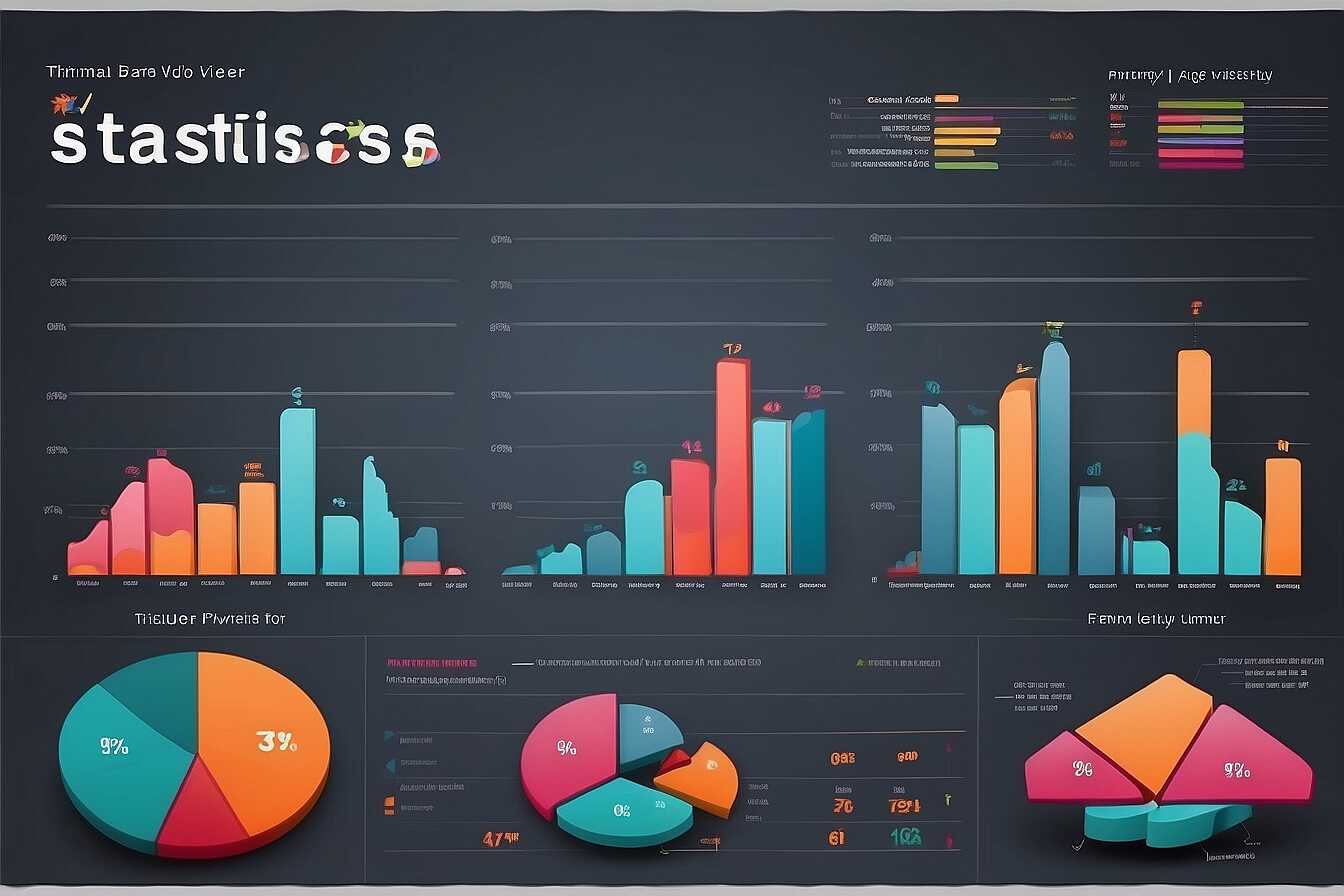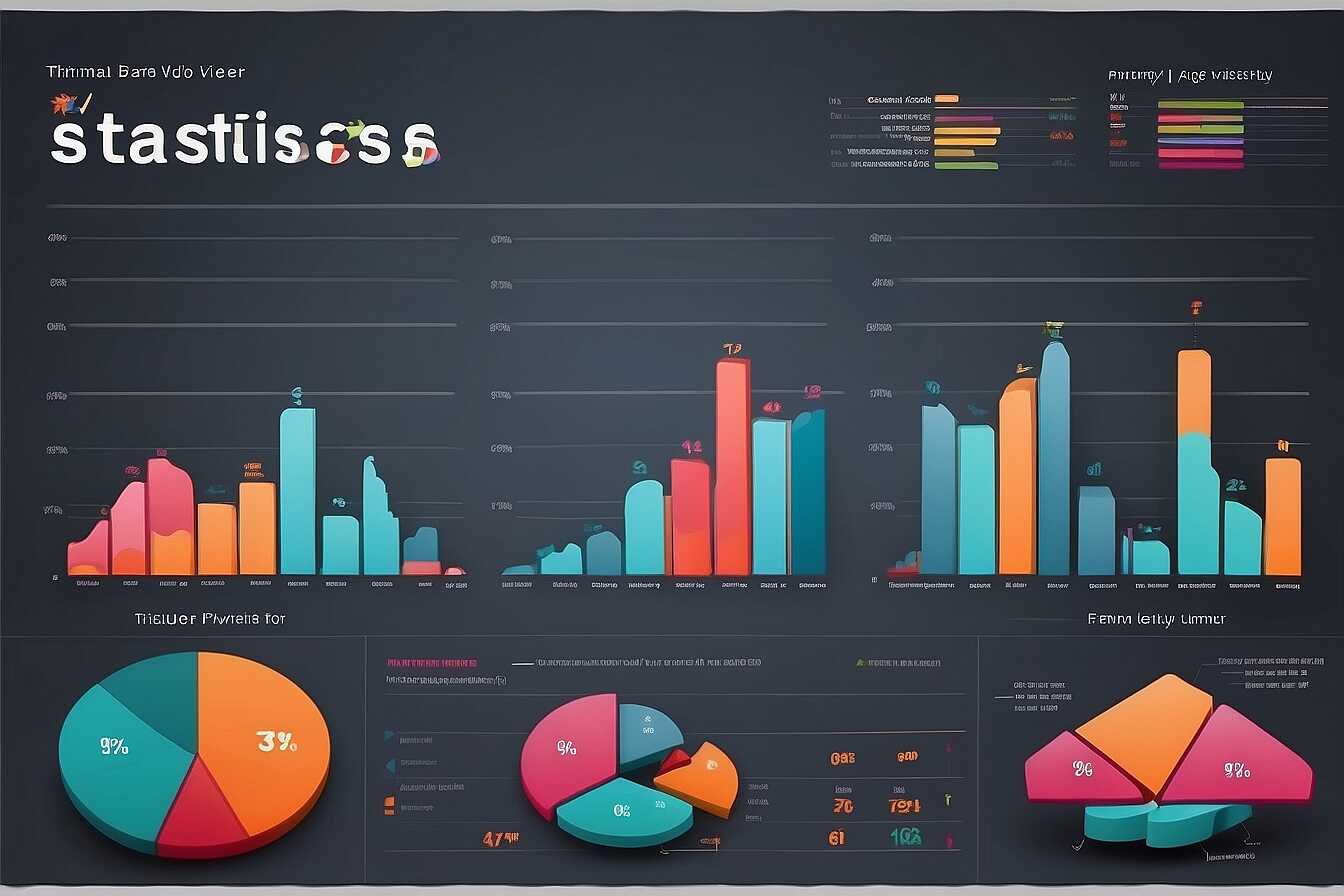Setting up conversion goals in Google Analytics is a pivotal step toward enhancing your business performance. This process not only helps track user interactions but also measures how effectively you meet your objectives. At Metrics Rule, we understand that defining and monitoring these conversion goals can significantly impact your marketing strategy, leading to increased insights and improved outcomes. By leveraging Google Analytics effectively, you can optimize your campaigns and ensure your business grows in the competitive digital landscape.
Defining Conversion Goals and Their Role in Digital Marketing
Conversion goals are measurable objectives that a business aims to achieve through its digital marketing efforts. These goals are essential in digital marketing analytics as they allow businesses to track key performance indicators (KPIs) that directly relate to success. By defining conversion goals, such as newsletter sign-ups, product purchases, or completed contact forms, marketers can align their marketing strategies with actual business outcomes. This alignment enables businesses to understand the effectiveness of their campaigns and optimize their efforts. For instance, converting a visitor into a customer enhances overall performance and efficiency, which significantly impacts revenue.
Types of Conversion Goals You Can Set
Google Analytics provides a range of conversion goals, allowing users to customize their objectives effectively. Common types include destination goals, which track website visits to a specified page, and event goals, which monitor user interactions like video views and downloads. Additionally, engagement goals are crucial as they help assess user interaction depth, such as time spent on site or pages viewed. In 2025, employing these varied goals ensures you capture reliable data, enhancing your SEO and digital marketing strategies. By continuously reviewing and testing these goals, businesses can determine which ones yield the best results and thereby improve their conversion rates.
Different Types of Conversion Goals You Can Track
In Google Analytics, you can set up several types of conversion goals including destination goals, event goals, duration goals, and pages per session goals. Destination goals track when users reach a specific page, like a thank-you page after a purchase. Event goals allow you to track interactions such as video plays or downloads. Duration goals help measure sessions exceeding a particular time, while pages per session track how many pages users visit in a session. Each type provides valuable insights into user behavior, enhancing your performance metrics.
Examples of Conversion Goals for Various Industries
Different industries employ diverse conversion goals tailored to their objectives. For e-commerce businesses, setting a destination goal to track completed purchases is essential. Service-based businesses might use event goals to measure lead form submissions. Local businesses may focus on duration goals to understand user engagement on their sites better. Each example is designed to measure and enhance the user experience effectively, ensuring that businesses can utilize the data to optimize their marketing strategies, improve conversions, and increase revenue.

Comprehensive Guide to Setting Up Goals in Google Analytics
To effectively set up conversion goals in Google Analytics, follow these steps: First, log in to your Google Analytics account. Next, navigate to the “Admin” section, where you will find your account, property, and view settings. Under your desired view, click on “Goals” and then the “+ New Goal” button. Here, you can choose from templates or create a custom goal based on your objectives. After selecting the goal type—be it destination, duration, pages/screens per session, or event—fill in the required details. To finalize, save your goal. This straightforward process enables reliable tracking of your business performance metrics, enhancing user engagement and allowing for data-driven decisions.
Understanding Different Types of Conversion Goals
There are four main types of conversion goals in Google Analytics. These include Destination goals that track successful visits to a defined URL, Duration goals that measure user engagement based on the time spent on your site, Pages/Screens per Session goals that analyze interaction among multiple pages, and Event goals that target specific interactions like downloads or video plays. A comprehensive understanding of these options allows you to customize your digital marketing strategy more effectively. By leveraging these goals, you can gather actionable insights that will help you enhance user experience and improve overall performance.
Key Numerical Insights for Tracking Business Success
- Conversion rates typically range from 1-5% for websites.
- Setting at least 3 goals can improve tracking accuracy.
- 80% of businesses see improved performance after defining clear goals.
- Over 50% of pages can be optimized for better user engagement.
- Effective goals can increase website revenue by 30% or more.
- Mobile devices now account for over 50% of online searches.
- Using analytics tools can help track over 250 unique user interactions.

Strategies for Effective Optimization of Conversion Goals
To effectively optimize conversion goals in Google Analytics, businesses should focus on several key strategies. First, conducting thorough user behavior alignment research is essential. This involves analyzing user interactions to better understand their needs and preferences. A/B testing different strategies will help refine goals and ensure they align with your business performance metrics. It’s also important to constantly review and test these goals over time, allowing for adjustments based on performance data. Moreover, setting realistic expectations helps in devising actionable insights that lead to improved conversion rates.
Importance of A/B Testing for Goal Refinement
A/B testing is an essential method for refining conversion goals in Google Analytics. By comparing two different approaches, businesses can gain insights into what resonates best with their audience. This process enhances the efficiency of your marketing efforts, leading to improved overall conversion optimization strategies. In e-commerce, for example, testing various landing pages could significantly impact the e-commerce conversion rates, making it easier to determine which layout or message performs best. By using data-driven conclusions from these tests, brands like Metrics Rule in Vancouver can enhance their user experience and ultimately drive better results.

Analyzing the Success and Impact of Your Conversion Goals
To effectively measure the success of your established conversion goals in Google Analytics, focus on performance metrics such as conversion rates, user engagement, and revenue generated by specific goals. By analyzing e-commerce conversion rates, you can identify which products or pages drive sales and how customers interact with your site. Utilizing analytical review techniques helps ensure that you assess the data accurately and make necessary adjustments. It’s also important to establish specific benchmarks based on industry standards to determine if your conversion goals meet expected performance levels. A good practice is to compare your metrics with those of leading competitors in your market.
Key Performance Indicators for Goal Measurement
Key performance indicators (KPIs) provide essential insights into how well your conversion goals are performing. Start by monitoring conversion rates, which indicate the percentage of visitors who complete a desired action. For e-commerce sites, aim for a benchmark conversion rate between 1.5% to 3%, while lead generation sites may target higher conversion rates due to fewer steps in their processes. Additionally, analyze bounce rates and average session duration to understand user engagement levels. Google Analytics can help you segment data by device type or traffic source, enabling you to refine your strategies for better efficiency. This detailed review process enhances overall business performance by allowing for timely adjustments that cater to user behavior.
Advantages of Defining Your Business Objectives
- Clear goals enhance focus on key performance indicators.
- Setting measurable outcomes boosts accountability and transparency.
- Improved user engagement leads to higher customer satisfaction.
- Goal tracking allows for better resource allocation and planning.
- Businesses can adjust strategies based on real-time analytics data.
- Enhanced decision-making results from understanding conversion paths.
- Effective tracking can reveal new growth opportunities in marketing.

Common Pitfalls to Watch Out for When Setting Conversion Goals
When businesses set conversion goals in Google Analytics, they often make common mistakes. One key pitfall is failing to clearly define what a conversion is, leading to confusion and unreliable data. Another mistake is not regularly reviewing and updating goals based on performance metrics. A structured comparison of previous goals can enhance your understanding and help in optimizing future conversions. Also, neglecting the testing phase can yield ineffective goals that do not improve analytics performance. Many businesses lack the necessary experience to craft data-driven goals that truly reflect their objectives.
Best Practices for Conversion Goal Setup
Establishing reliable conversion goals in Google Analytics requires following best practices. Start by identifying specific, measurable actions that indicate success, such as completed purchases or newsletter signups. Continuous testing and reviewing of these goals enable businesses to make adjustments based on proven data. Using tools for performance measurement can enhance efficiency and ensure that you track the right metrics. Also, regularly analyzing goal outcomes will help businesses realize patterns over time, leading to more informed decisions in their analytics strategy. Ensure that your goals align with your overall business objectives for maximum impact.
Connecting Google Analytics with Other Marketing Platforms
To connect Google Analytics with other marketing platforms, start by navigating to the Admin section in Google Analytics. Then, select the property where you want to set up the integration. For Google Ads integration, link your account under Property Settings. This enables conversion tracking and allows you to import goals directly from Analytics. For Facebook Ads, use the Facebook custom audience feature by integrating it with Google Analytics data. Ensure cross-platform device tracking is enabled for consistency. Good integration helps marketers create reliable tracking systems, enhancing data accuracy and marketing efficiency.
Benefits of Using Google Analytics with Marketing Integrations
Integrating Google Analytics with tools like Google Ads and Facebook Ads provides essential insights into your marketing performance. This integration enables marketers to see how different channels contribute to conversion goals, helping to make data-driven decisions. For instance, combining metrics from various platforms allows a comprehensive view of customer behavior across channels. Reviewing this integrated data is proven to enhance campaign effectiveness and optimize spending. In 2023, 70% of marketers noted substantial improvements in campaign performance by leveraging such integrations. These insights lead to effective strategies for driving more traffic and conversions for e-commerce businesses.
Audience Insights and Use Cases for Goal Setting
- Small business owners often seek clear metrics for growth.
- Digital marketers require precise tracking to optimize campaigns.
- Entrepreneurs need actionable insights to attract customers.
- Web analysts study user behavior to enhance website design.
- Companies targeting e-commerce can benefit from conversion goals.
- Startups frequently focus on goal setting to secure funding.
- Nonprofits utilize measurable outcomes to demonstrate impact.
Success Stories of Conversion Goals in Real Business Scenarios
This section highlights real case studies showcasing successful implementation of conversion goals in diverse businesses. For example, a local e-commerce store in Vancouver increased its conversion rates by 25% after fully integrating Google Analytics goals. A SaaS company focused on B2B solutions improved its customer acquisition cost by analyzing user patterns and refining their conversion goals. Additionally, a small restaurant saw an increase in table reservations by 30% by tracking online bookings as conversions. Entrepreneurs and digital marketers can find valuable insights from these experiences, which demonstrate the significant impact of well-defined conversion goals. Businesses, ranging from e-commerce to service-oriented sectors, can utilize conversion goals to track performance effectively, enhance user experience, and optimize marketing strategies. The overall aim is to ensure that business objectives are measured, leading to consistent improvement in conversion rates.
Empowering Businesses through Conversion Goals
Implementing conversion goals in Google Analytics empowers businesses to optimize their performance effectively. By understanding user behavior through tracking specific actions—like sign-ups, purchases, or contact form fills—companies can create targeted marketing strategies. For instance, e-commerce platforms can set goals to track product page views or shopping cart abandonment rates. This provides data that can help in making informed adjustments to product offerings and marketing campaigns. Local businesses, such as restaurants, can benefit by tracking reservations made through their website or app. By measuring the success of these actions, companies can quickly adapt their strategies in 2025, ensuring improved conversion rates and enhanced customer satisfaction.
